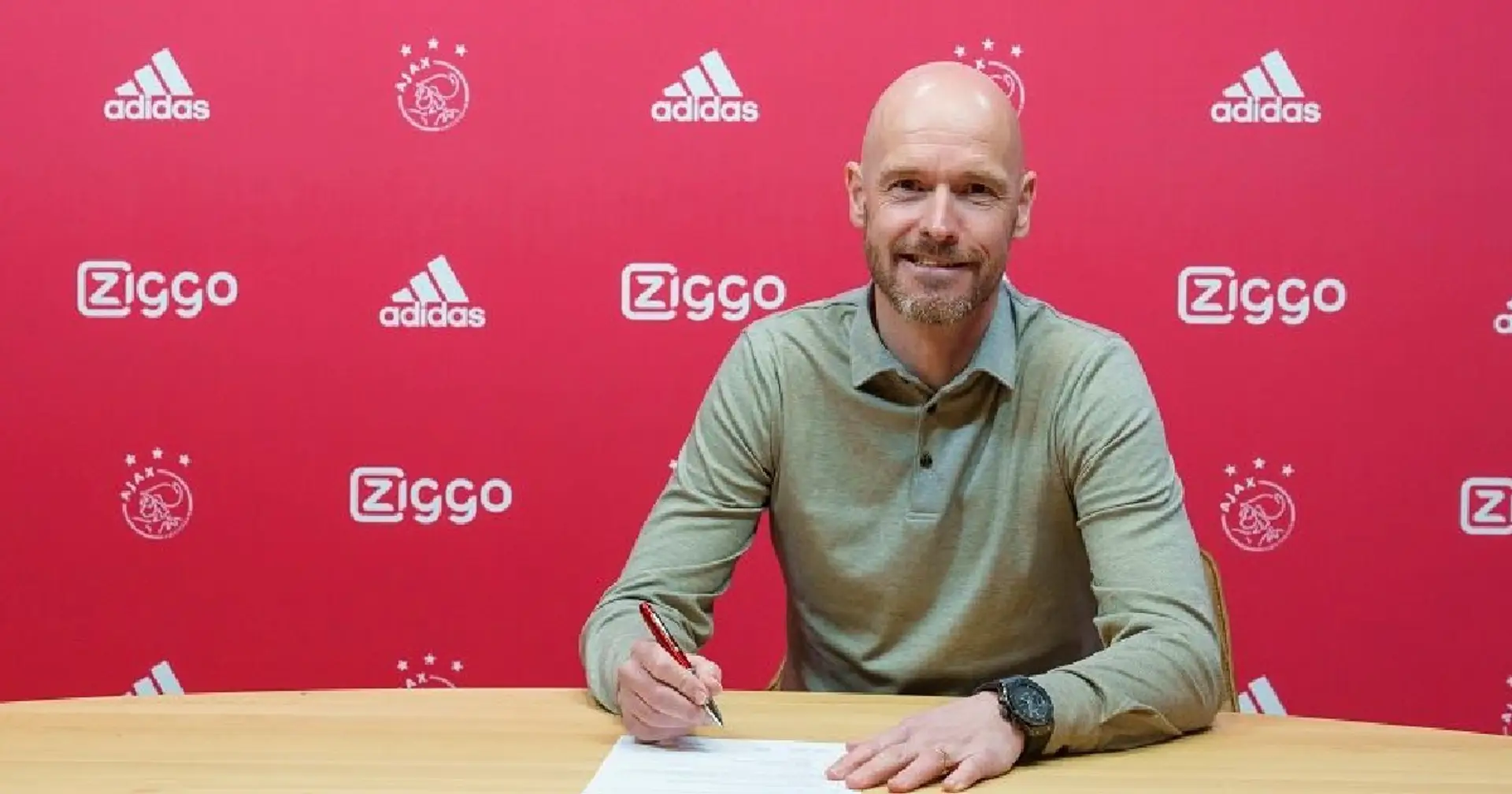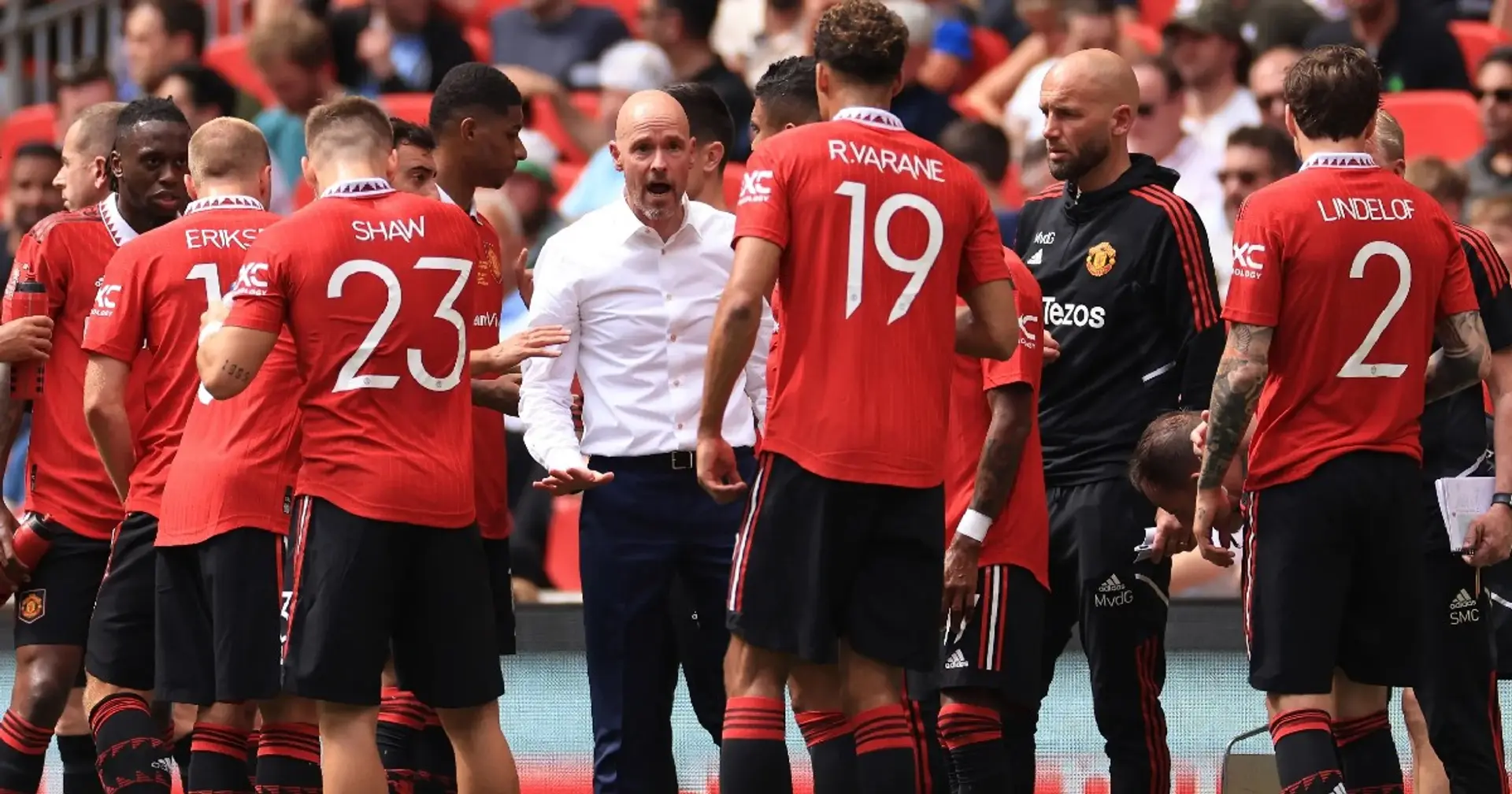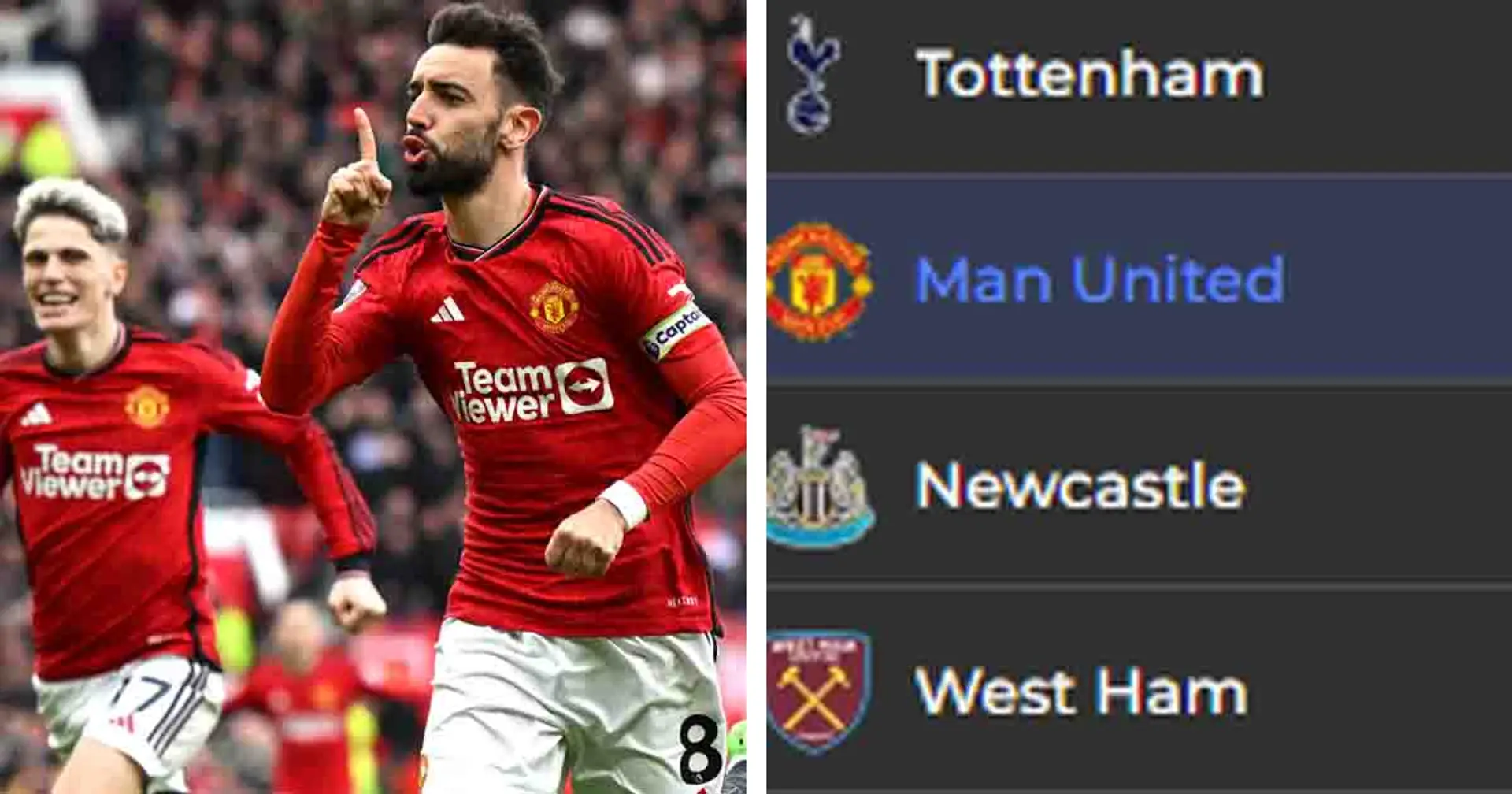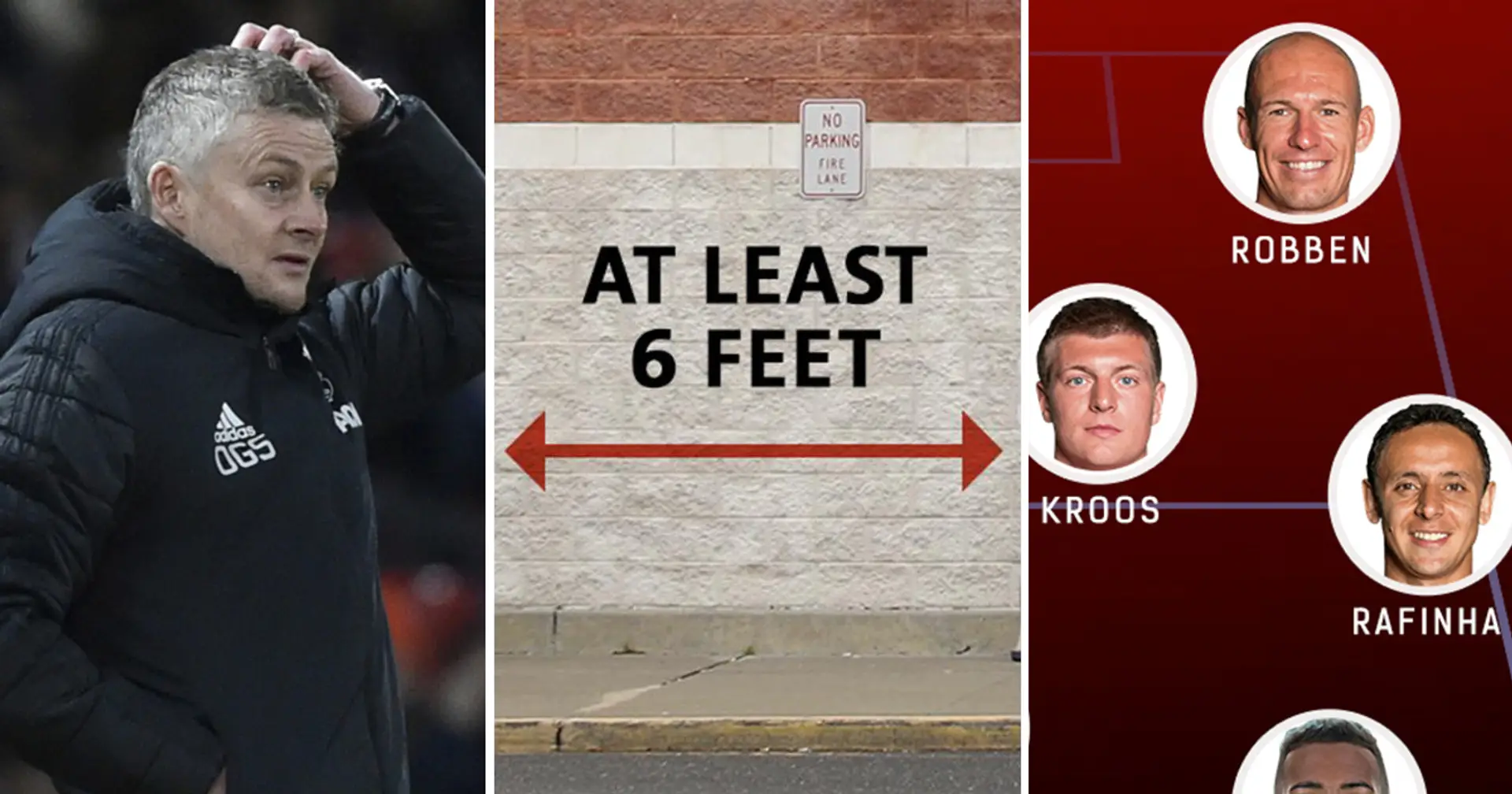
3-4-3 (Bayern Munich, 2013/14)
One thing is clear: wide formations are needed if we're speaking about keeping social distancing.
Bayern's 3-4-3 is perhaps the greatest example among the modern ones. The pic below perfectly illustrates how distant the players are from each other, even when switching positions.

The German giants were superior that season, scoring almost 100 goals in the Bundesliga alone and almost reaching their third consecutive Champions League final.
3-3-1-3 (Ajax 1990s, Chile 2010)
The formation was tested at least twice in modern football history. First, by Louis van Gaal whose 'philosophy' actually worked while he was at Ajax – the Champions League glory of 1994/95 speaks for itself.
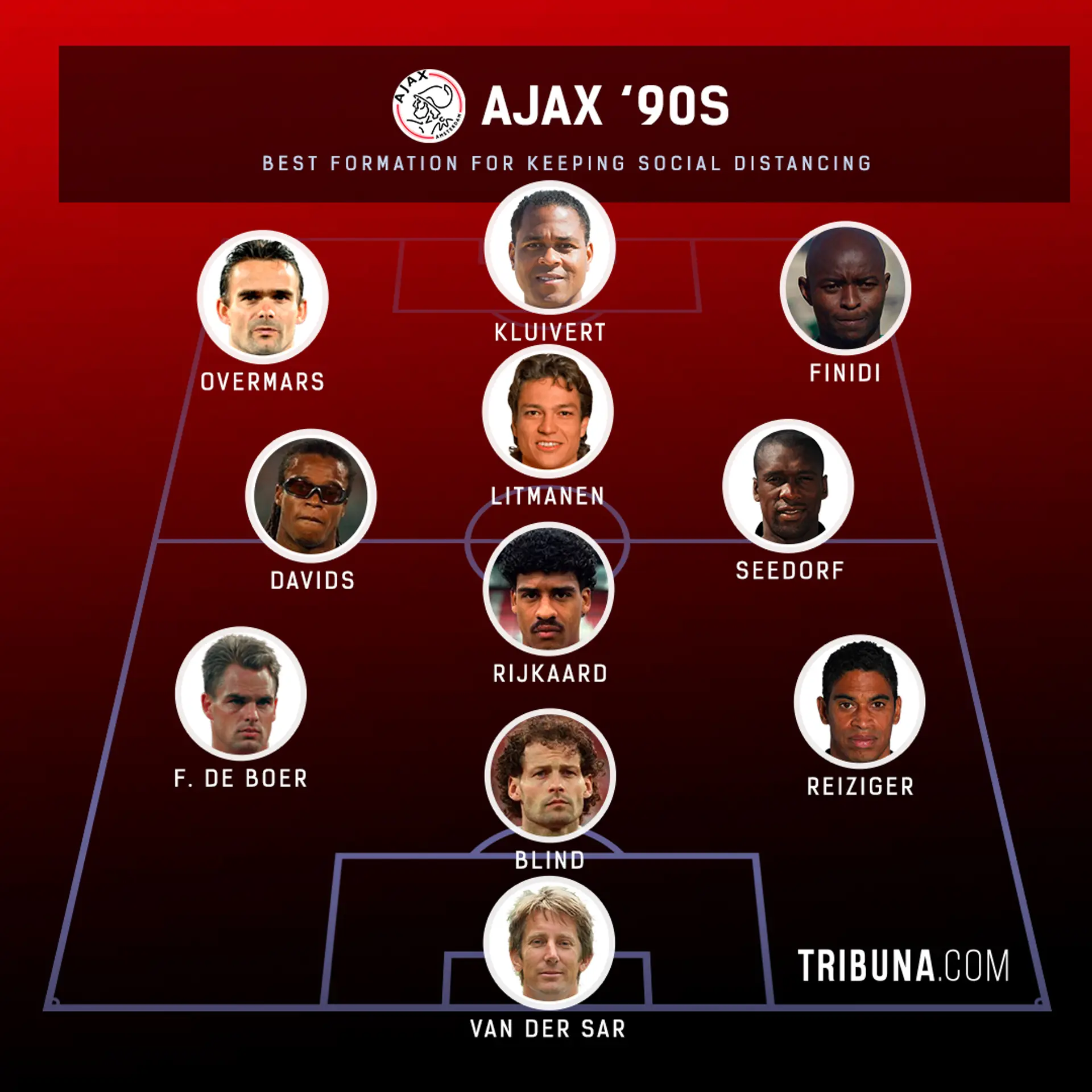
Then, something similar was tried by tactical genius Marcelo Bielsa at the 2010 World Cup. The Chileans' style of play was less possession-based and more offensive as opposed to the Ajax's type. Chile were outclassed by Brazil in the last 16 but looked solid in the group stage, almost causing an upset for the future trophy winners, Spain.
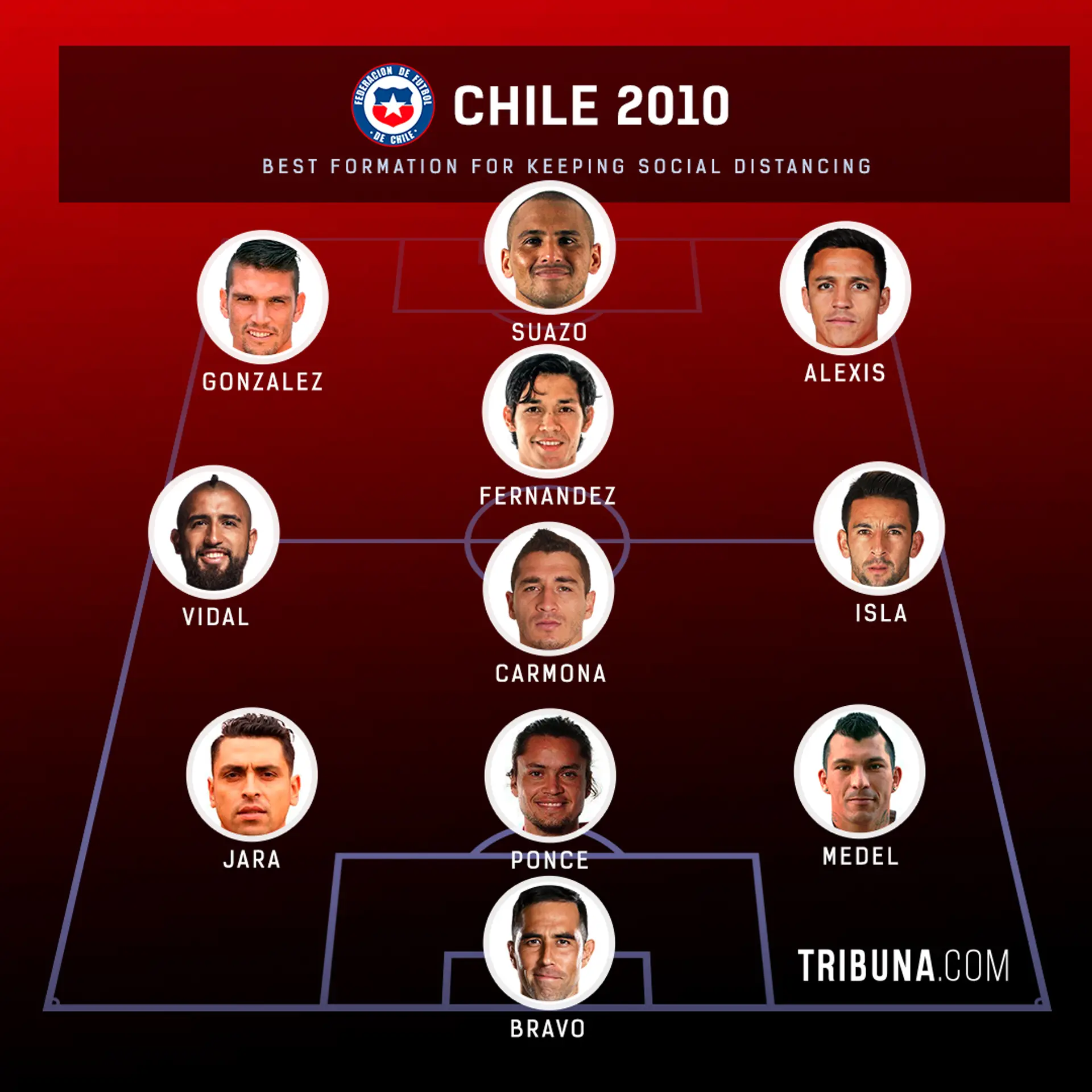
1-3-3-3 (Ajax 1970s)
This one actually revolutionised football.
Before Johan Cruyff implemented his phenomenal 'total football' at Barcelona, Rinus Michels was the one to popularise it at Ajax. Playing with libero (literally, the last man standing before the goalkeeper) in this very flexible formation, Michels 'broke' Dutch football by laying the foundation for the Ajax's perfect home record (46-0-0 in 1971/72 and 1972/73).
While in charge, Michels also won the International Champions Cup with the Eredivisie side.
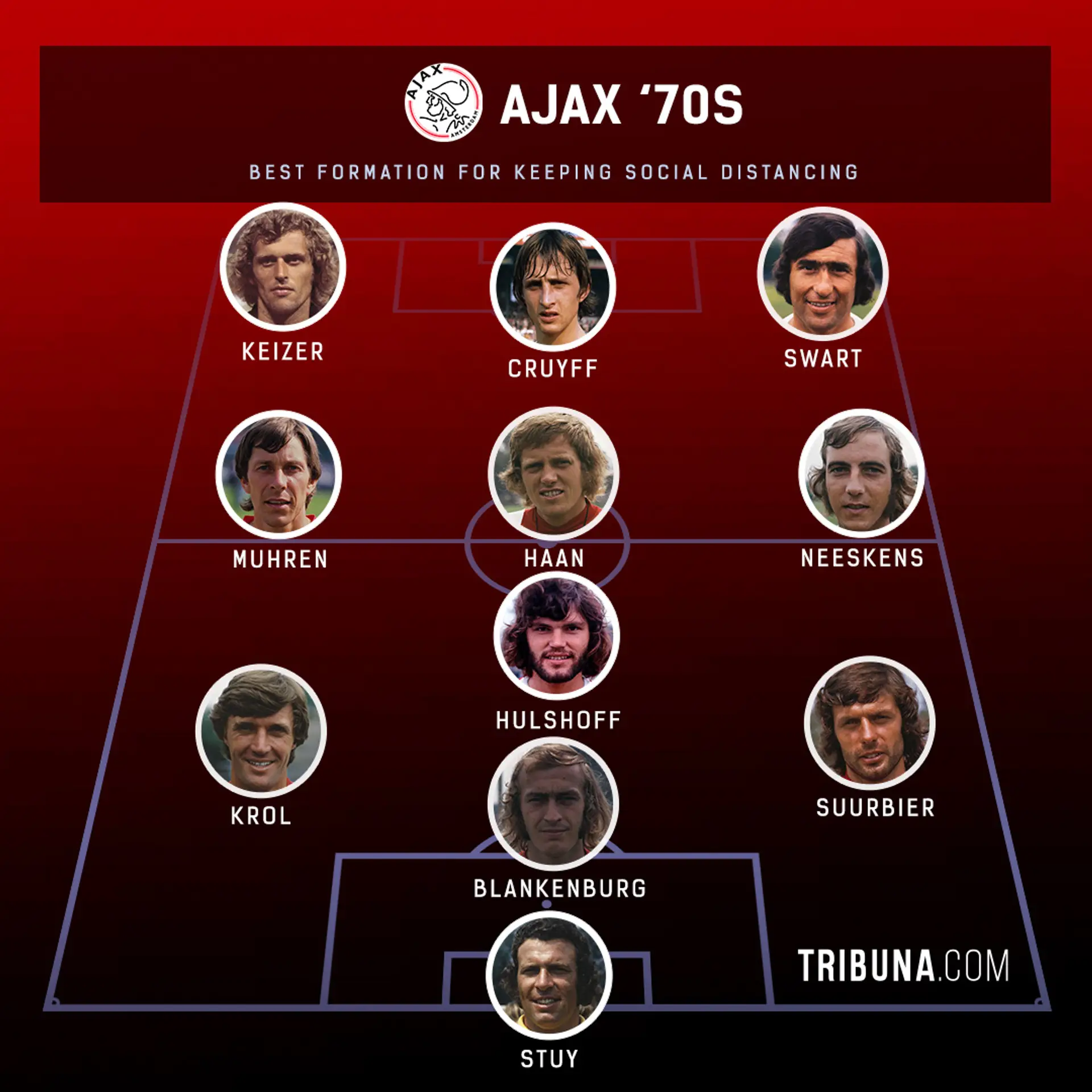
3-6-1 (Australia 2006)
It's now fair to say the Dutchmen are the most advanced people when it comes to creating football tactics.
Guus Hiddink's Australia had little chance to advance to the World Cup knockouts but their sophisticated 3-6-1 (or even 3-3-3-1) formation made things much easier. The Socceroos were dominating the possession in almost all of their World Cup fixtures (imagine keeping the ball 58 per cent of time against the future winners Italy) and looked really convincing for an underdog side.
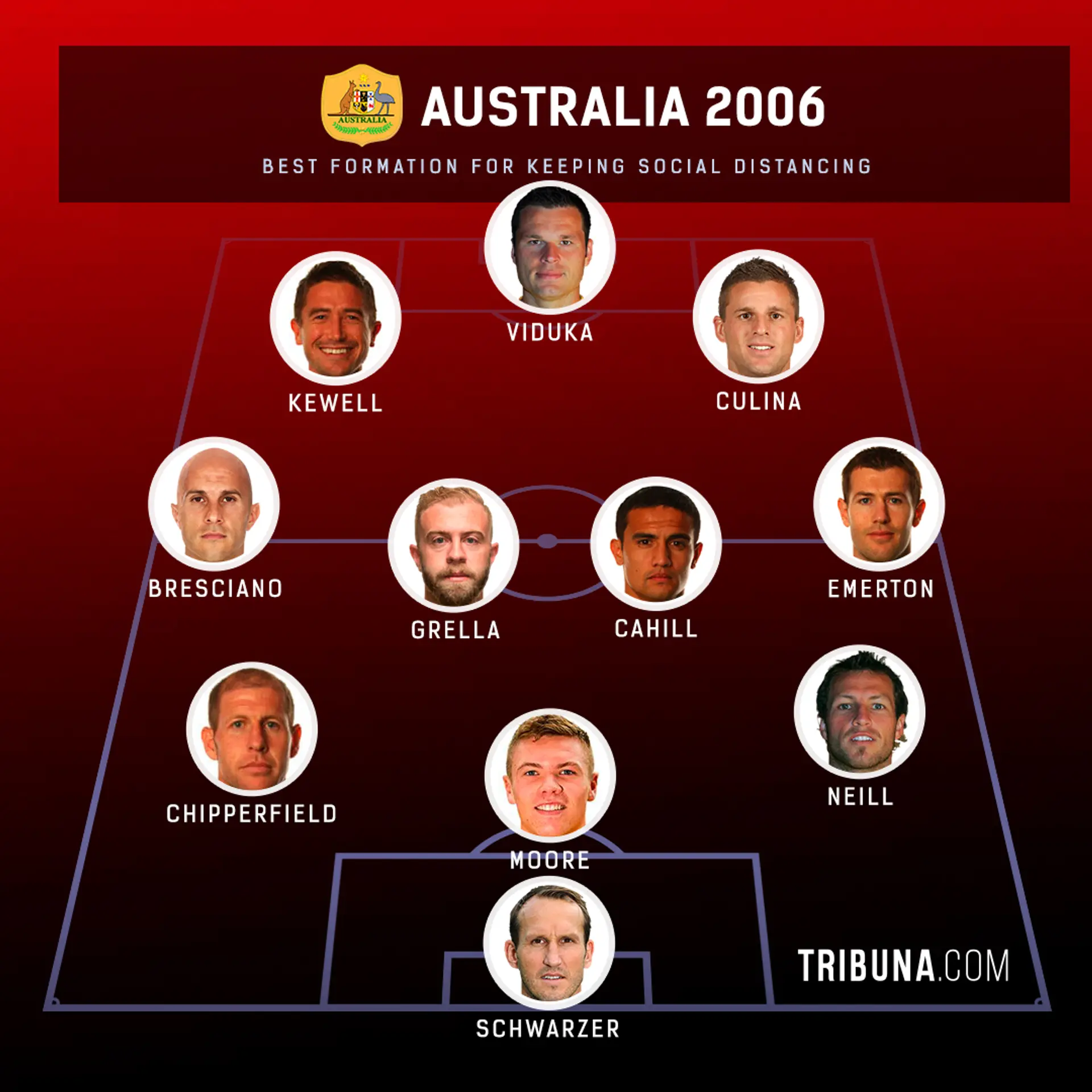
2-3-2-3 (Italy 1930s)
Arguably the best formation to keep one's players safe and sound.
Best known as 'Metodo', this extraordinary pattern was tried at the 1934 and 1938 World Cups that were actually won by Vittorio Pozzo's Italy.
It is often considered that this was Josep Guardiola's greatest source of inspiration before he instilled his tactical models at Barcelona and Bayern Munich.
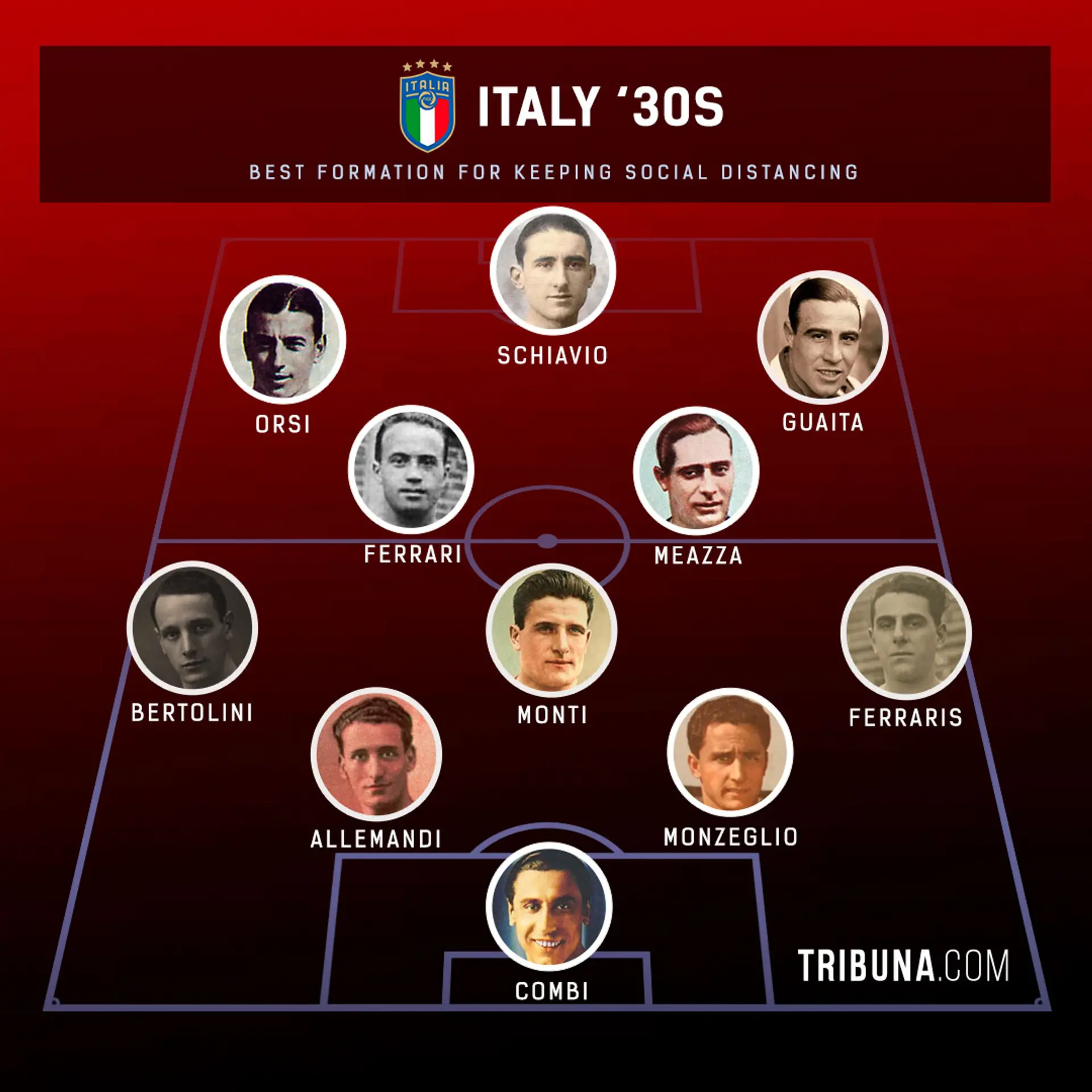
3-2-2-3 (Arsenal 1920s)
Another very attacking option.
The formation is basically divided into two parts: defensive (five outfield players behind the midfield) and offensive (five outfield players upfront). The model was first implemented in Herbert Chapman's Arsenal in the 1920s and brought a massive change to English football as almost all top-flight teams switched to this formation in the following decade.
What's really amusing, former Arsenal great Patrick Vieira adopted just the same system almost a century after at New York City FC. History repeats itself.
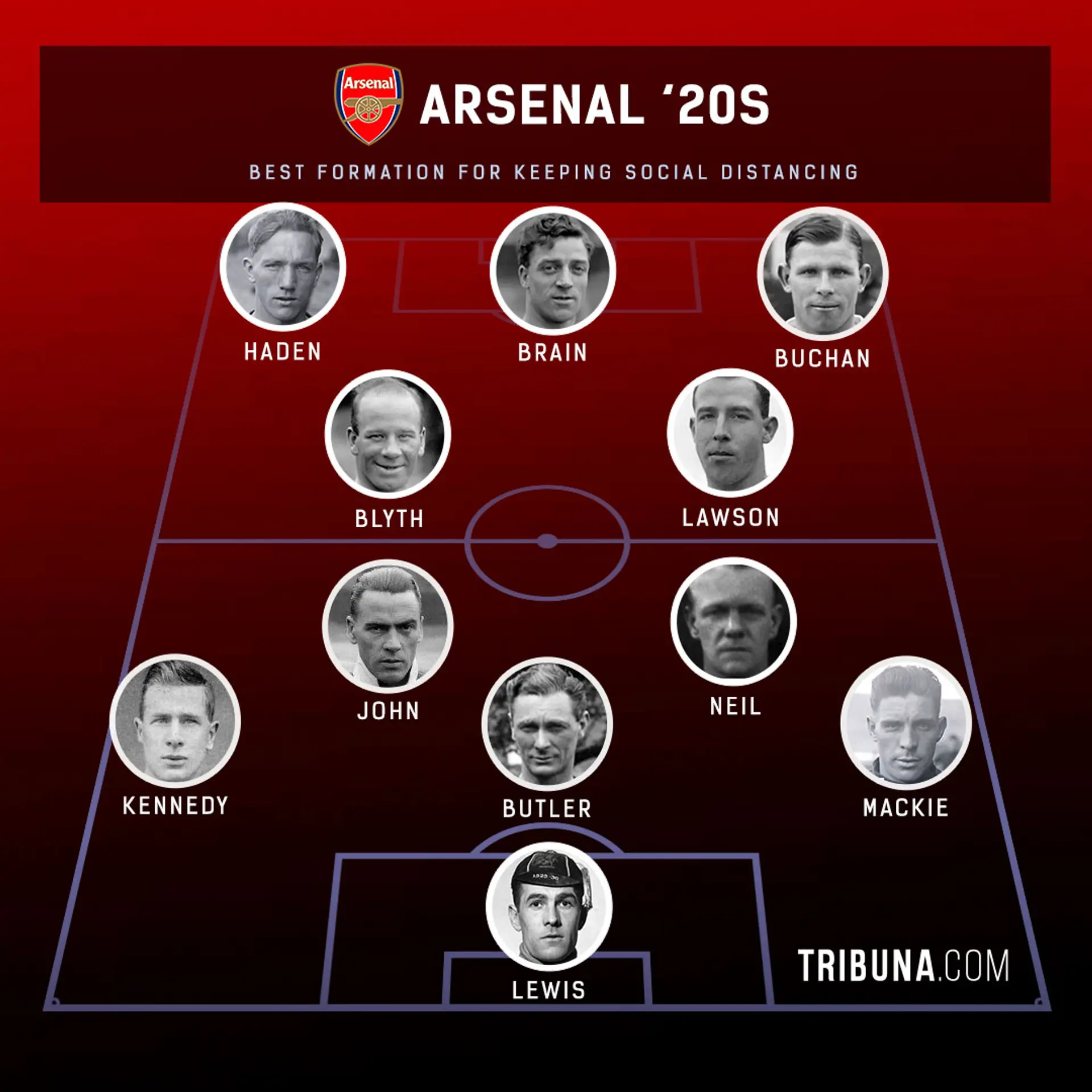
❓ Which one would you prefer for our team?







